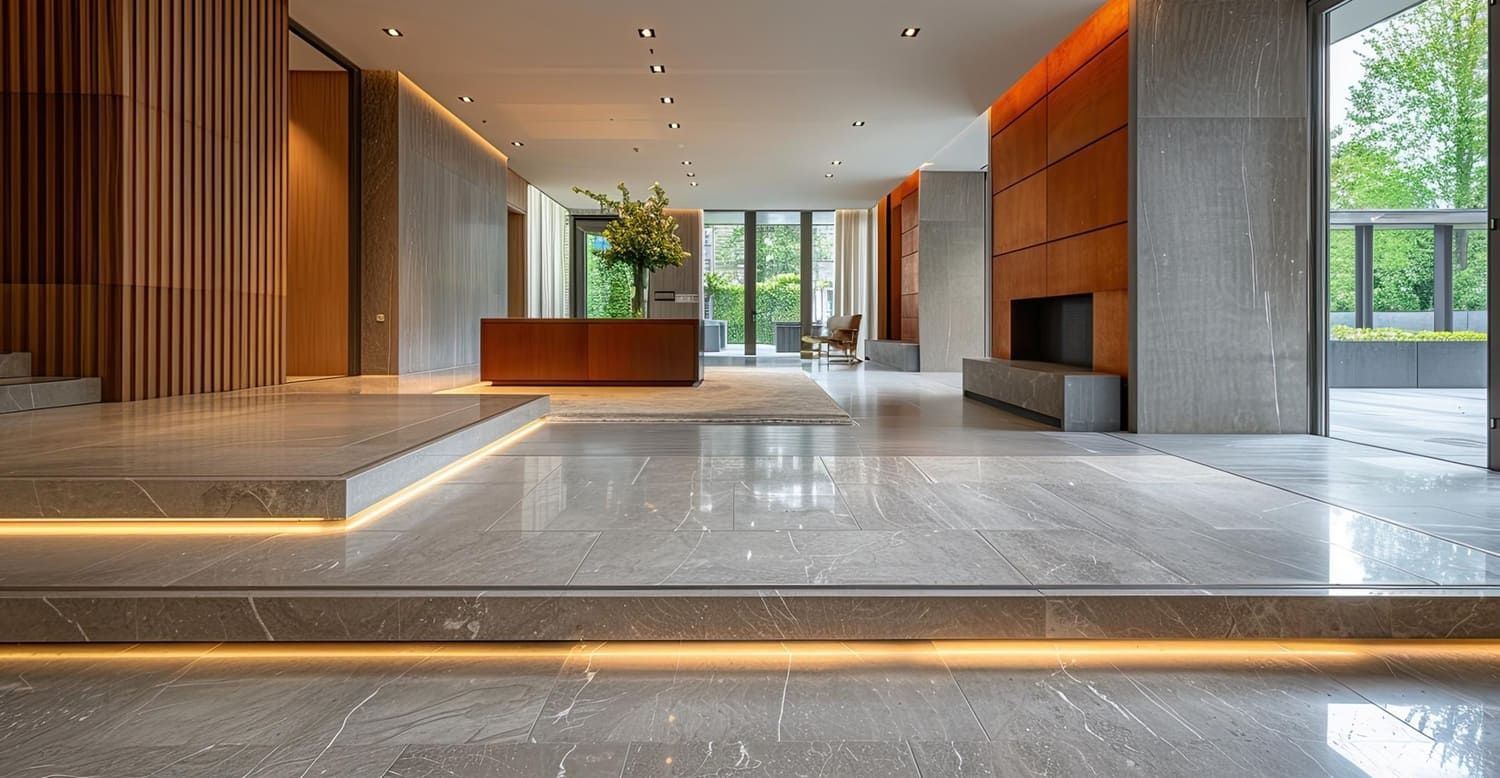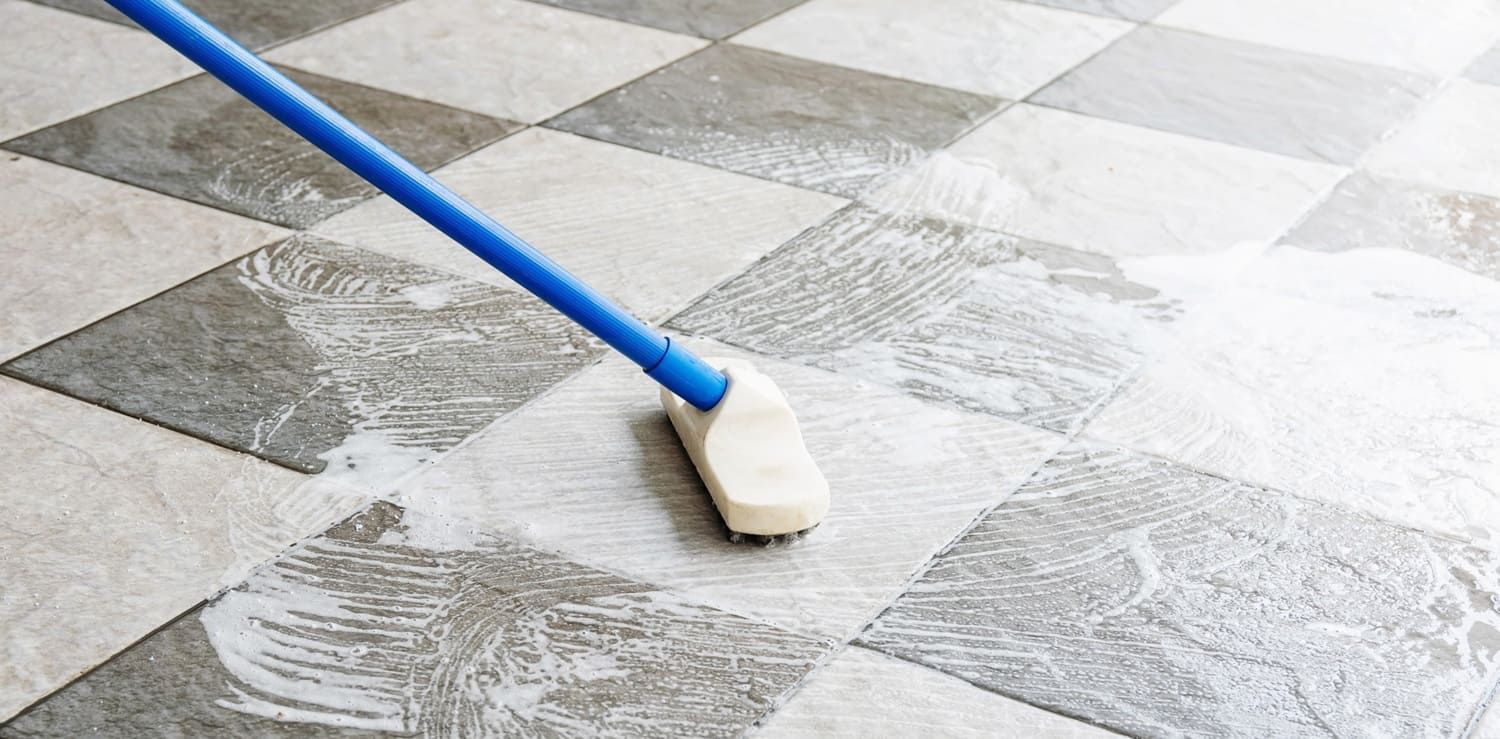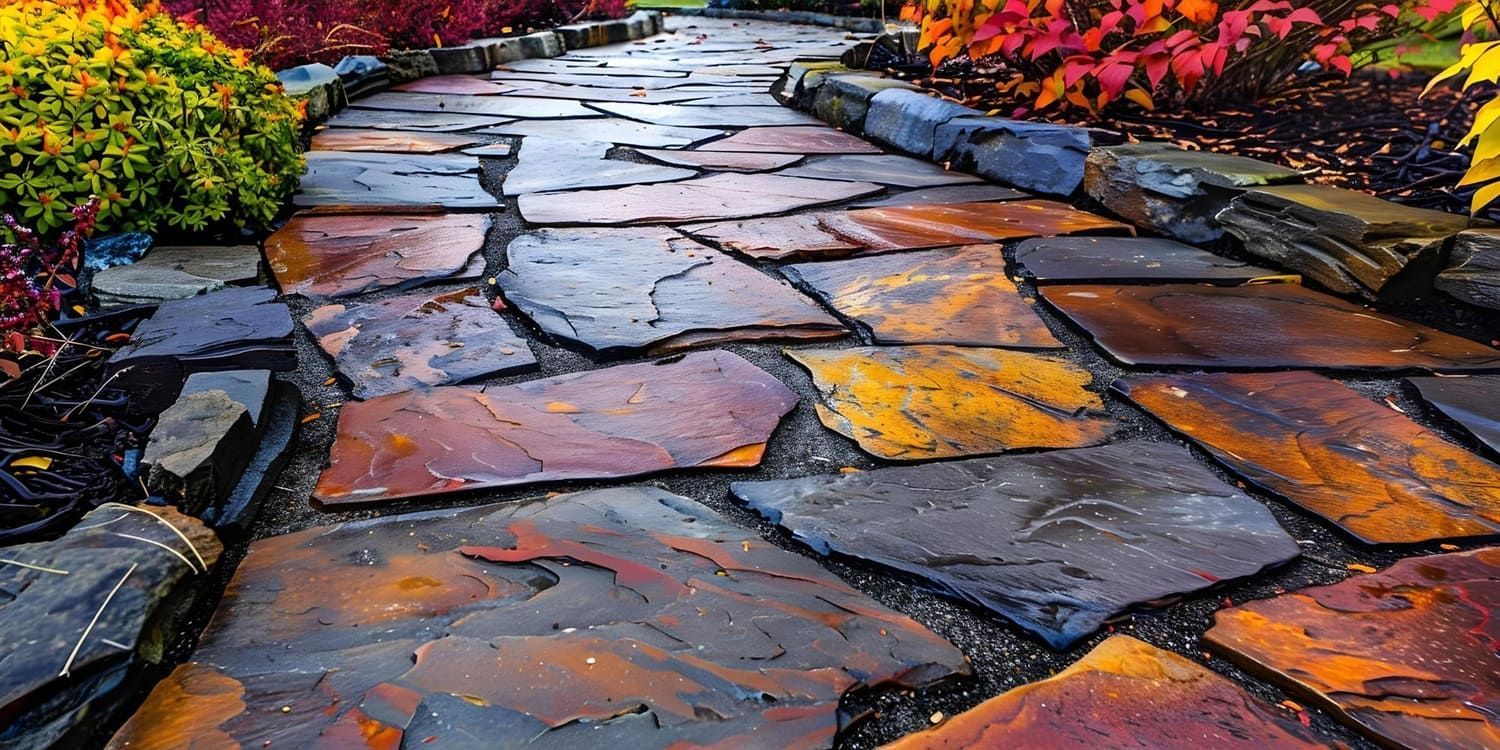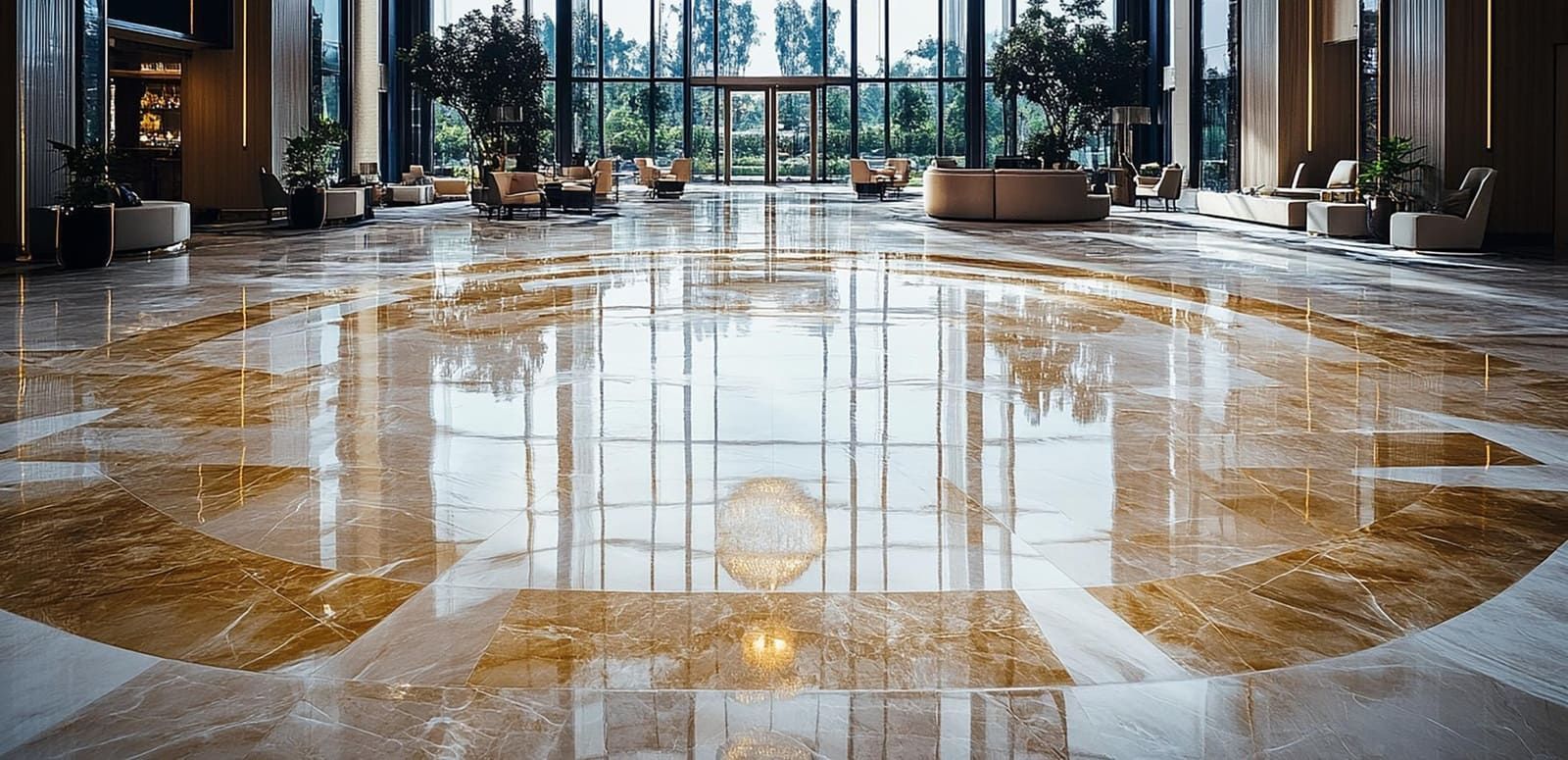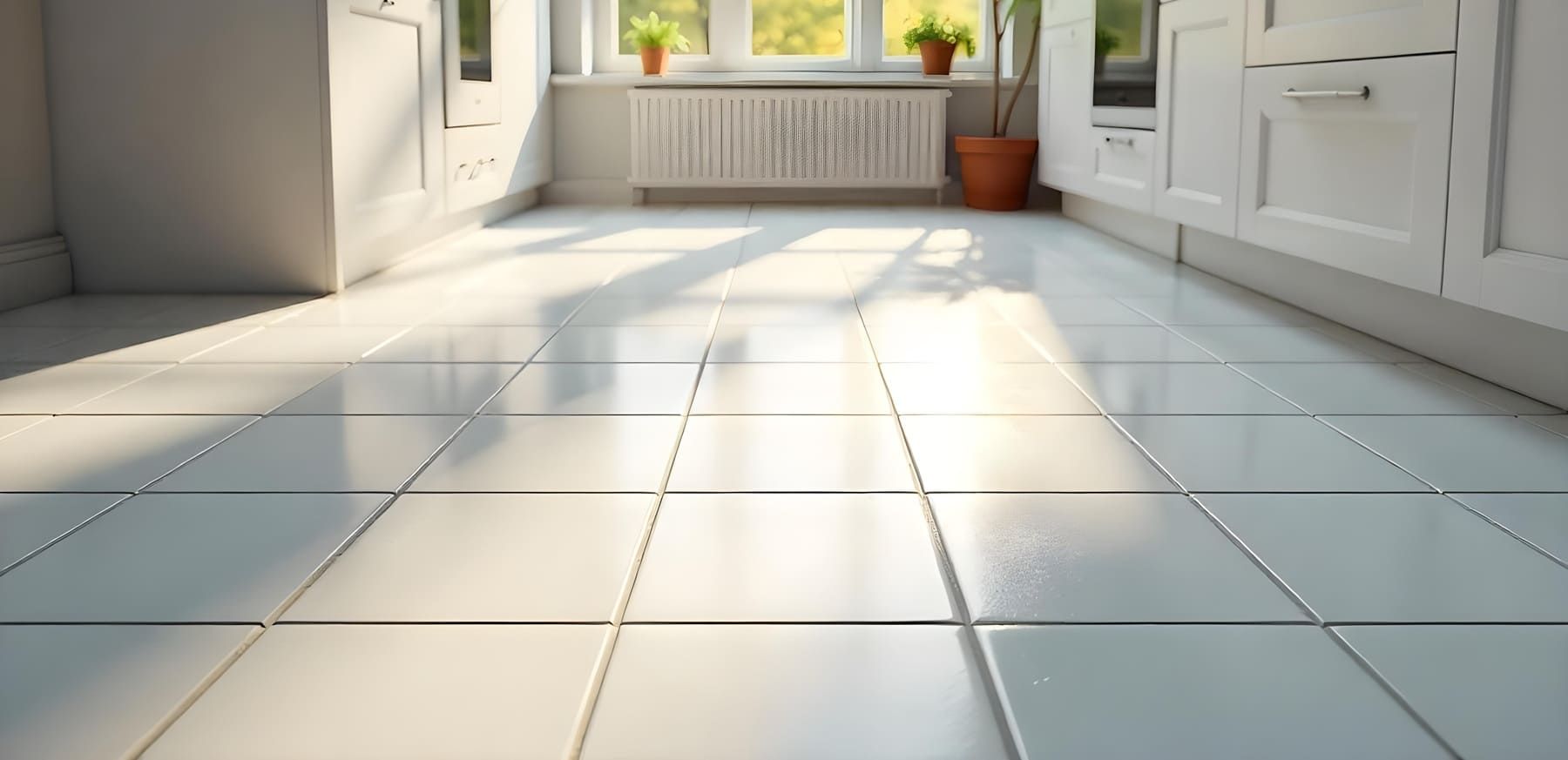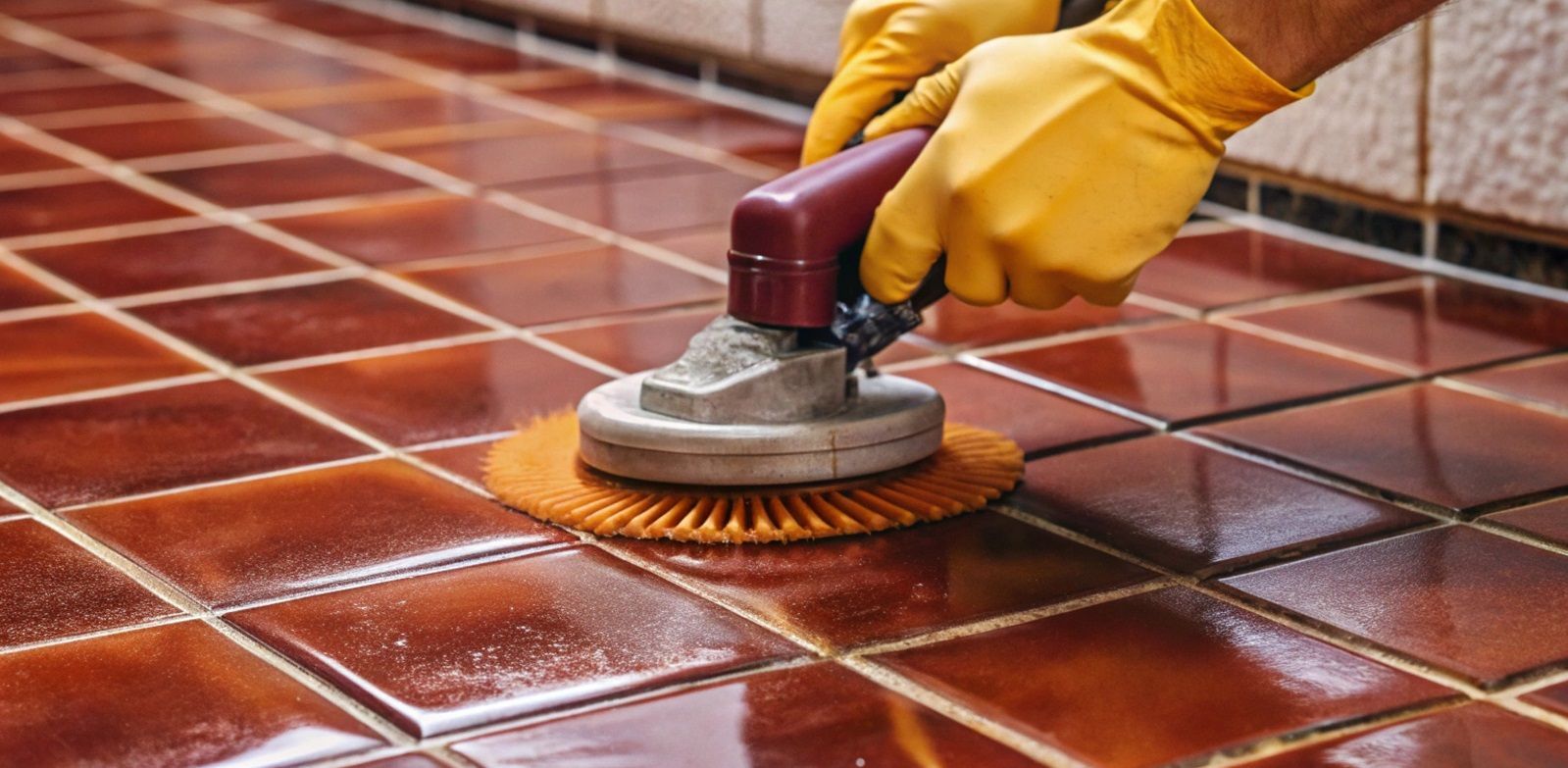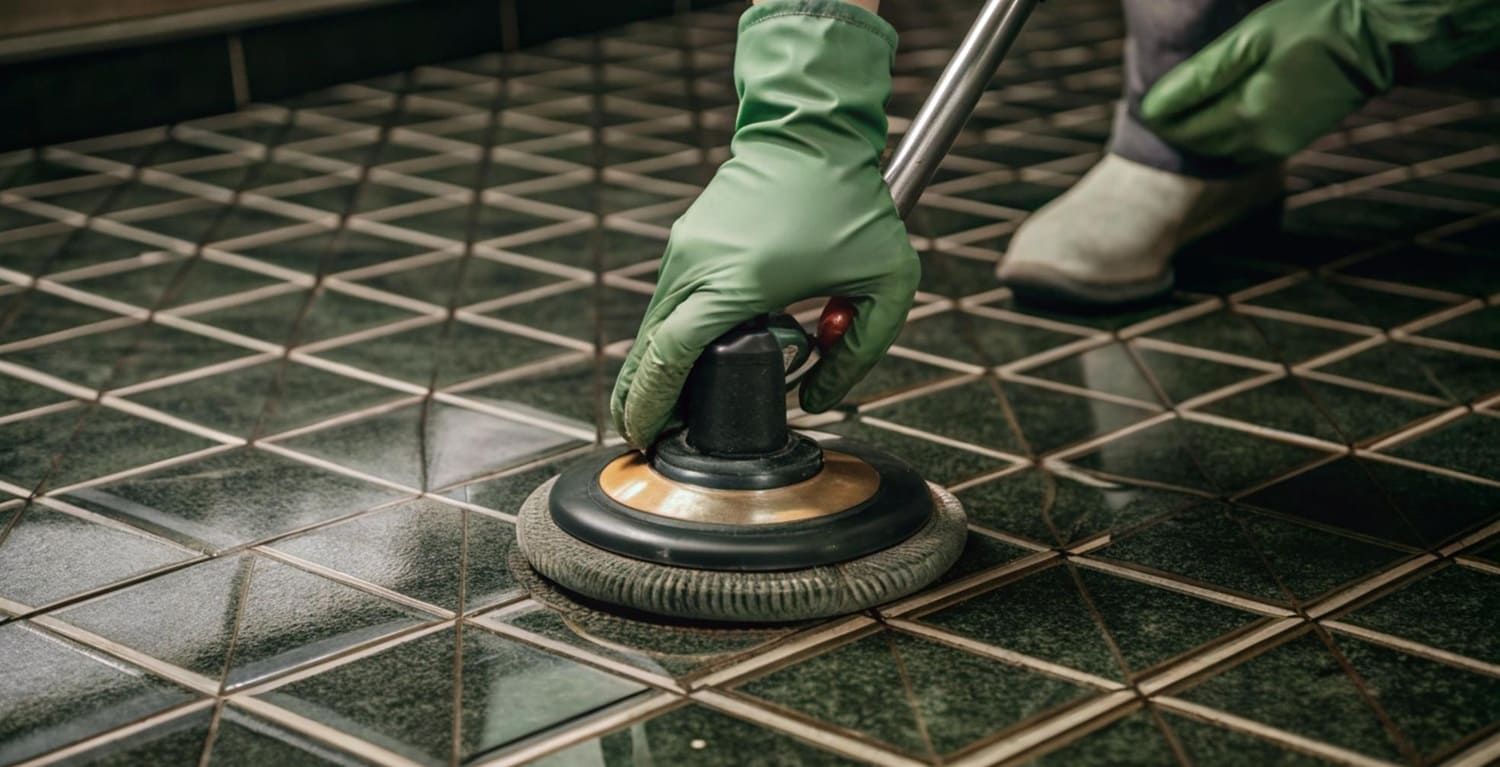Desert Tile and Grout Restore
Best Natural Stone, Tile, and Floor Refinishing & Restoration for Glendale, Scottsdale, Phoenix, and Maricopa County
Best Stone, Tile, and Floor Refinishing & Restoration for Glendale, Scottsdale, Phoenix, and Maricopa County
Desert Tile and Grout Restore
Best Stone, Tile, and Floor Refinishing & Restoration for Glendale, Scottsdale, Phoenix, and Maricopa County

ARIZONA'S BEST STONE, TILE, AND GROUT CLEANING SERVICES
How to Seal Concrete Floors: A Simple Step by Step Guide
Are you trying to figure out how to seal concrete floors? If yes, you should check out our guide here on all the steps to take.
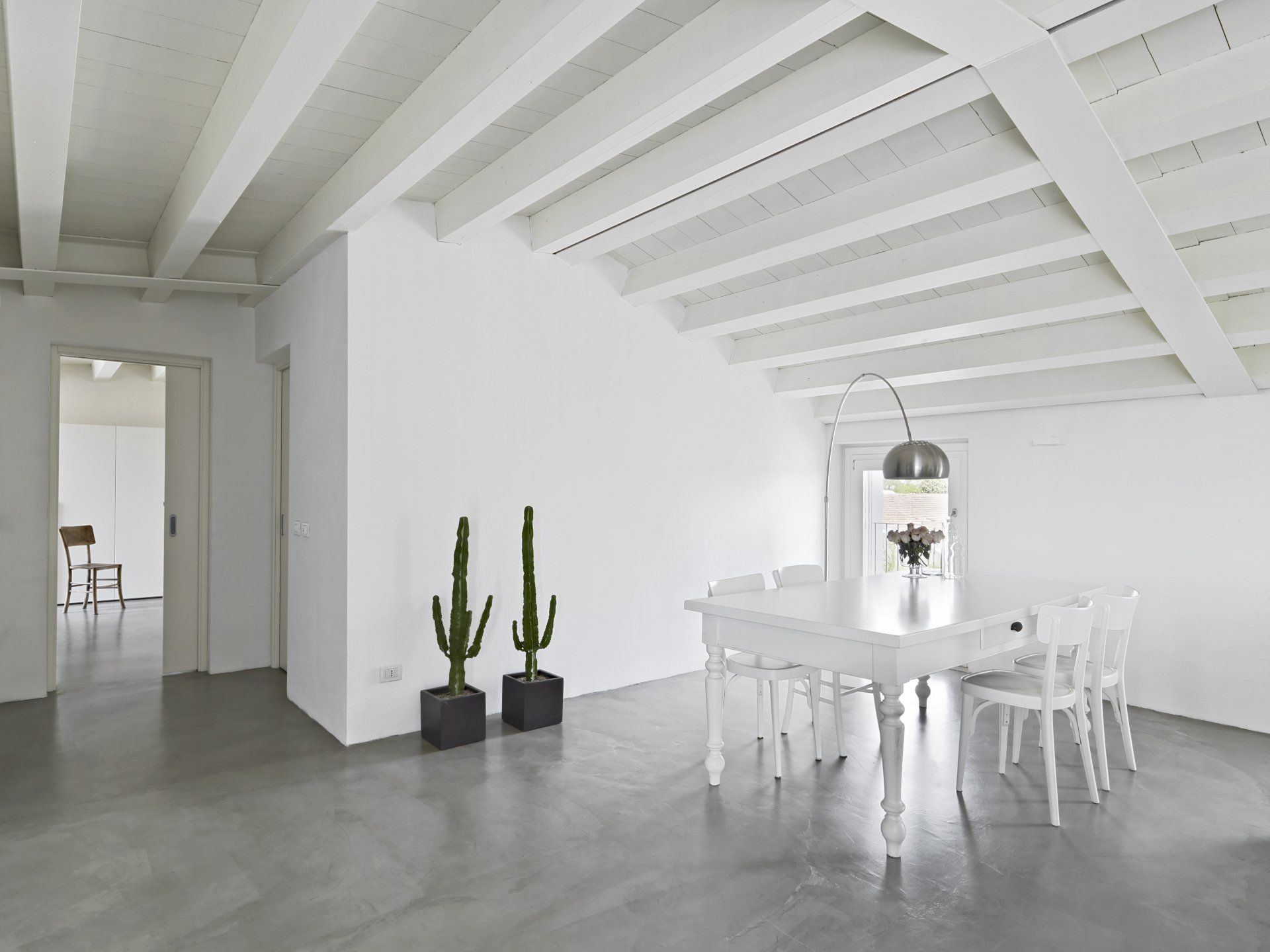
Are you noticing signs you need to seal concrete floors in your home?
Concrete floor sealer is an important way to keep your floors safe. It protects the concrete from stains and wear.
Sealing a concrete floor isn't complicated, but it takes some work. You'll want to follow certain steps to ensure it comes out right.
If you just poured the concrete floor, wait until it's fully cured to seal it. Curing takes about 28 days. Let any stains or other special treatments dry before sealing.
Then, follow these steps.
Prepare Baseboards
If your concrete floor is in a finished room, remove the baseboards to protect them from the sealer. You can also cover them using painter's tape if you don't want to remove them. Use caution as you get near the baseboards if you leave them installed.
Clean the Floor
Starting with a clean floor is essential for getting a good seal. If the floor has dirt, grease, or other debris on it, the sealant won't stick properly. You might notice bumps or an uneven finish if there's dirt or other things on the floor.
Sweep or vacuum the floor to remove the debris. Mop the floor with a mild cleaner.
Mineral spirits or trisodium phosphate can remove greasy spots and stains. Rinse the floor completely after using any type of cleaner.
Let the floor dry completely before applying the sealer.
This is also a good time to fix any cracks in the floor. Fill in the cracks with concrete repair caulk. Use a trowel to smooth out the caulk.
Choose Sealer
You have several sealer options for your concrete floor.
Acrylic sealers are easy to apply. They sit on top of the concrete and don't provide as much protection.
Epoxy also sits on top, but it's more durable and protects against grease. It can be more complicated to apply.
Silane or siloxane sealers penetrate the concrete, so they provide protection against liquids and deterioration.
Apply Floor Sealer
Ventilate the room well before you start sealing the floor. No matter what type of sealer you use, the fumes can be dangerous.
Plan your approach for sealing the floor so you don't trap yourself in a corner. Work from the side opposite your planned exit so you end up at the door when you're done.
Use a paintbrush to apply the sealer along the edges of the room. A brush gives you more control.
Use a paint roller to apply the sealer to the rest of the floor. The roller helps you cover ground more quickly. Overlap the passes to help smooth out the sealer and avoid lines.
It's best to apply thinner coats for a smooth finish. If you put a thick layer on, it's likely to look blotchy or be uneven.
Let the sealant dry completely before walking on it or putting anything on it.
Some types of sealant might require two coats for thorough coverage. Wait to apply the second coat until the first is completely dry.
Learn How to Seal Concrete Floors
When you seal concrete floors, you protect the concrete from stains and damage. Following the basic steps ensures you get a smooth finish with good results.
Are you ready to restore your concrete and tile surfaces? Explore our services to see how Desert Tile & Grout Restore can help.
Desert Tile & Grout Restore's Blog
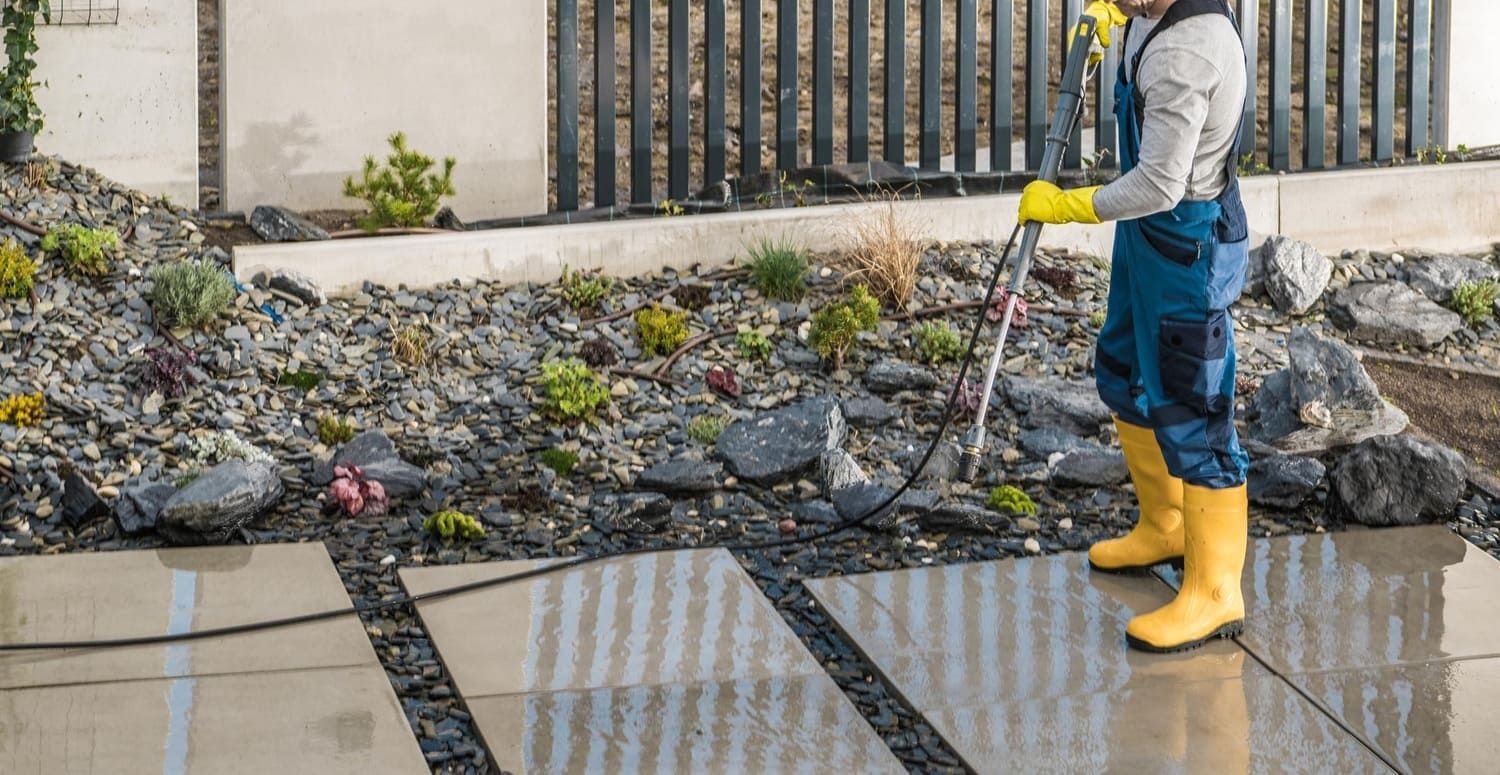
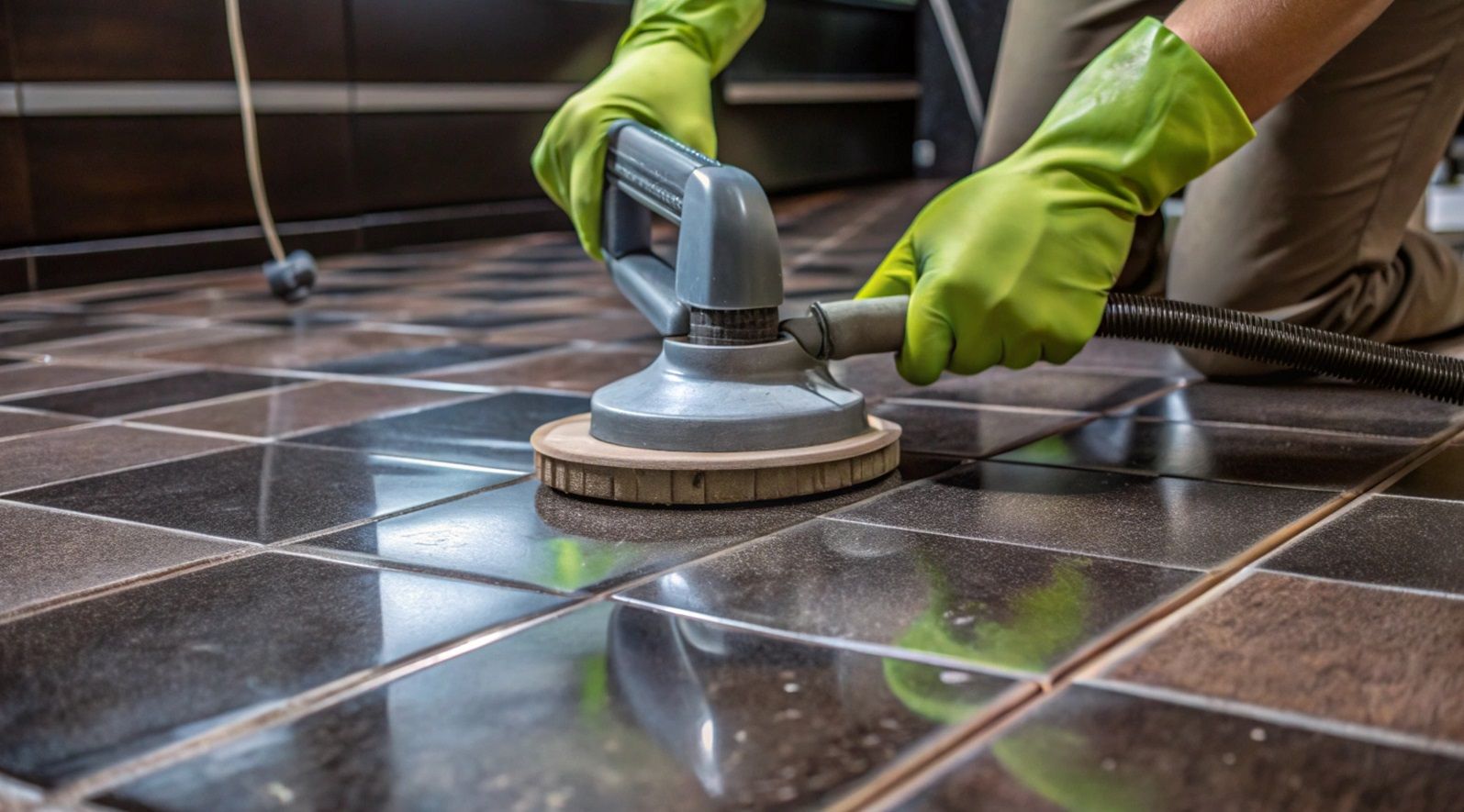
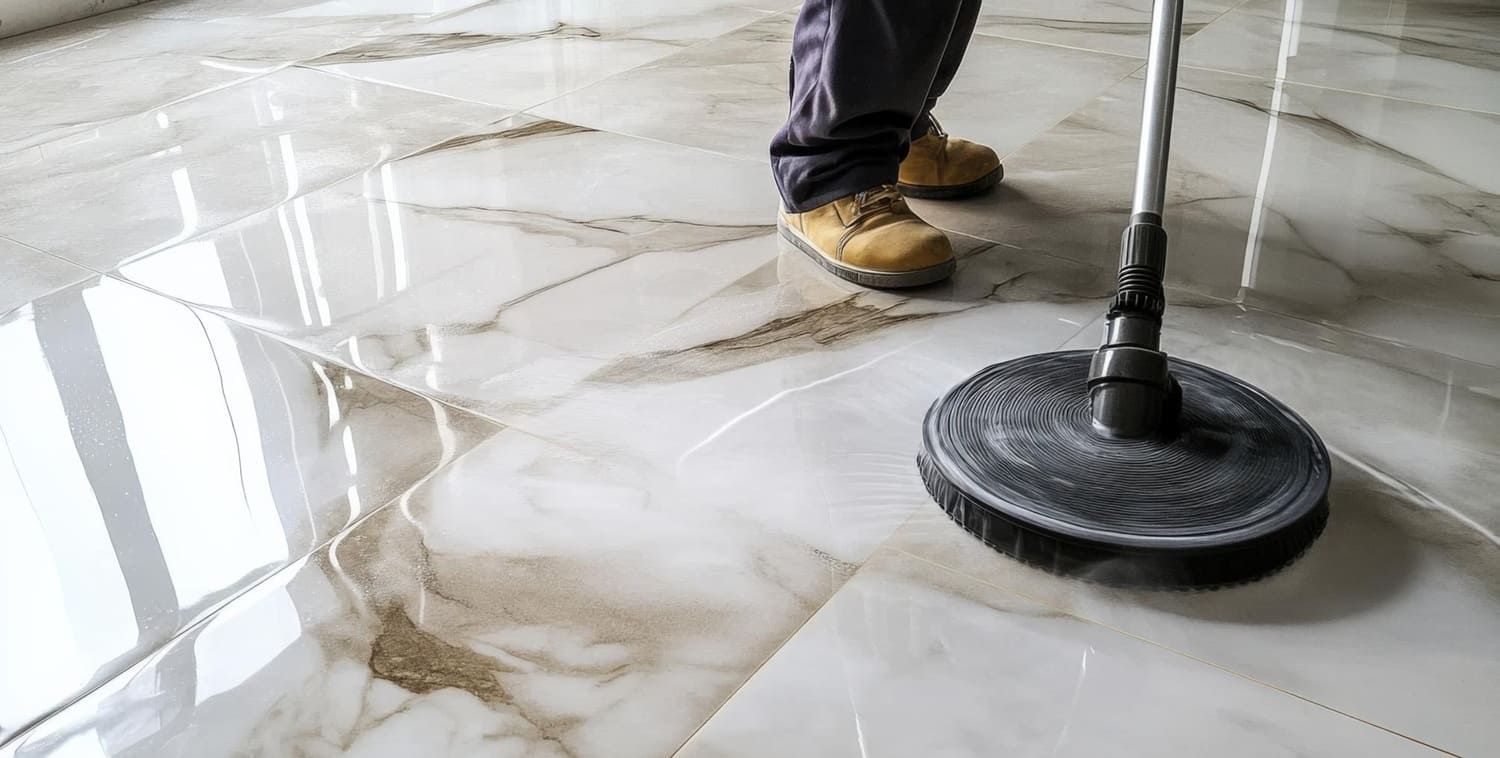
All Rights Reserved | Desert Tile & Grout Restore

